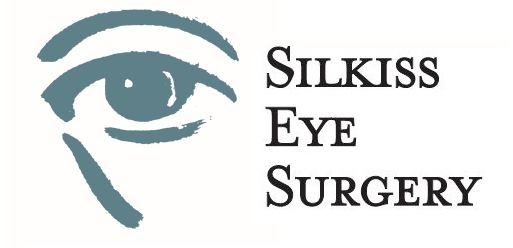COSMETIC SURGERY
Upper Eyelid Blepharoplasty
(Eyelid Lift)
Lower Eyelid Blepharoplasty
(Lower Eyelid Bags)
Asian Eyelid Surgery
(Double Eyelid)
NON-SURGICAL COSMETIC OPTIONS
RECONSTRUCTIVE SURGERY
Ptosis (Drooping Upper Eyelids)
Eyelid Malpositions
(Ectropion & Entropion)
Eyelid Skin Cancer
and Reconstruction
Chalazion, Stye, and Skin Tags
Tearing and Lacrimal System
(Tear Duct)
Thyroid Eye Disease
(Graves' Disease)
Prosthetic Eye &
Eye Socket Surgery
Congenital Ptosis and Pediatric Conditions
Facial Paralysis (Bell's Palsy)
Benign Essential Blepharospasm (Eyelid Spasms)
Trauma (Eyelid Lacerations &
Orbital Fractures)
FAT GRAFTING
With aging comes not only drooping and wrinkles, but a loss of volume in the cheeks and under the eyes due to loss of natural fat. Fat grafting, also known as autologous fat transfer, allows the surgeon to replace lost volume in the face with the patient's own belly or thigh fat. Autologous fat is an ideal filler because since it comes from the patient's own fat stores, there is no chance for any allergic reaction. Also, it's effects are long lasting and often permanent because the fat cells continue to live in the implant site. Fat grafting is ideal for softening facial creases and wrinkles, and restoring volume loss due to aging, trauma, or other conditions.
THE PROCEDURE
Fat grafting is performed under sedation in an operating room. Fat is first carefully harvested from the belly or the thigh using a technique similar to liposuction. The site that the fat is harvested from heals well and only has minor temporary swelling. The fat is then processed to maximize healthy fat cells and injected into the areas of volume loss. Fat grafting may be combined with other cosmetic or reconstructive procedures if indicated.
RECOVERY AFTER SURGERY
You may expect to go home on the day of surgery. There is usually minimal to no pain after fat grafting and most patients resume their normal daily activities the following day. Heavy lifting should be avoided for 1-2 weeks. You may experience mild discomfort, which is controlled with oral medication. There is usually minimal swelling or bruising.

